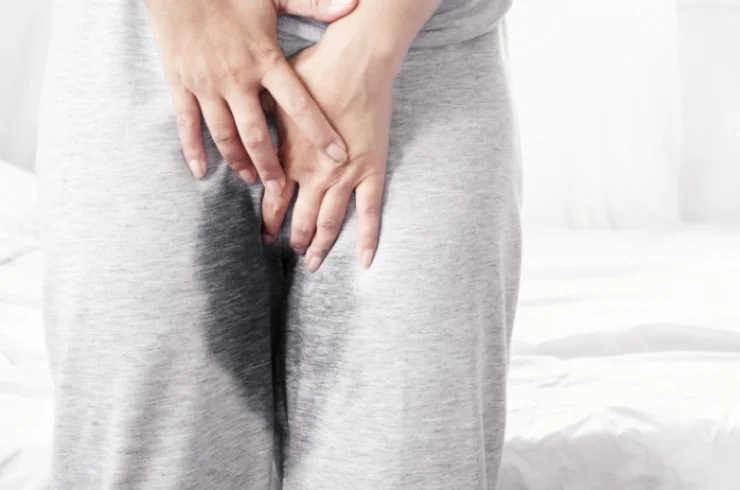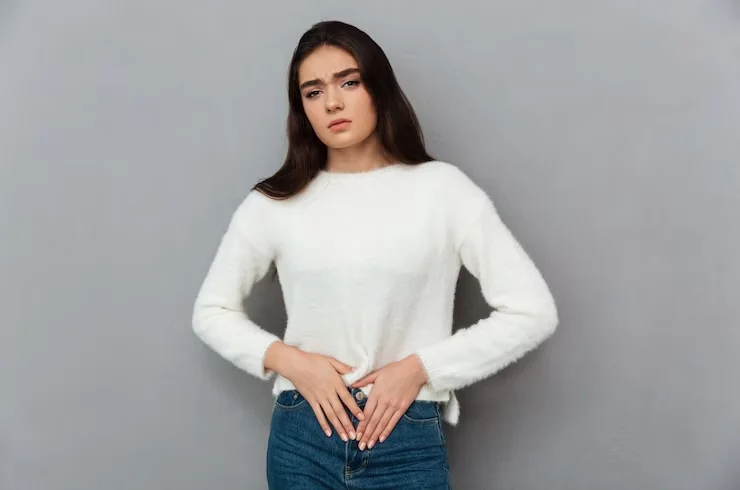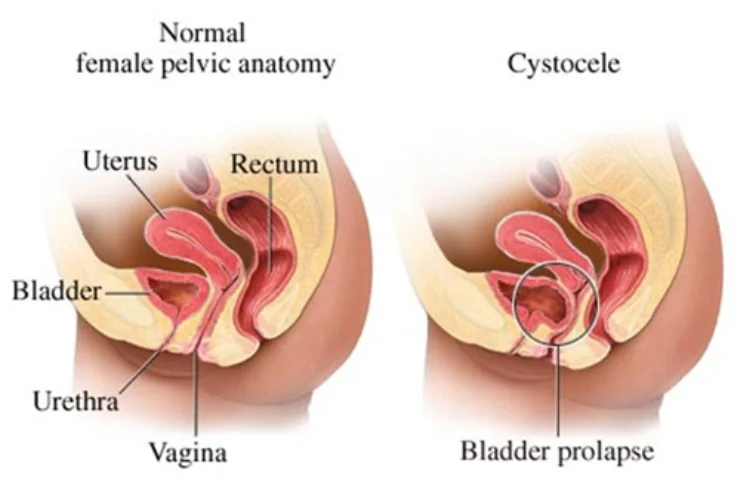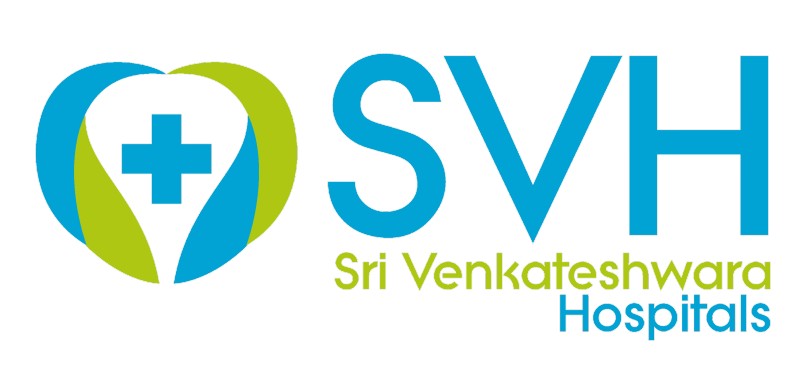Menopause & Urogynecology

Menopausal Problems
Menopausal problems occur as a woman approaches the end of her reproductive years, usually around the age of 45–55. Common symptoms include hot flashes, mood swings, sleep disturbances, vaginal dryness, and irregular periods. These changes happen due to a drop in hormone levels. Proper medical guidance, lifestyle changes, and sometimes medication can help manage these symptoms and improve quality of life.

Urinary Leakage Problems
Urinary leakage, also called urinary incontinence, is the accidental loss of urine. It is common in women, especially after childbirth or during menopause. It can happen while coughing, sneezing, laughing, or doing physical activities. Causes include weak pelvic muscles, bladder issues, or hormonal changes. Treatment options include pelvic floor exercises, medications, and sometimes minor procedures.

Bladder Pain Syndrome
Bladder Pain Syndrome (BPS), also known as Interstitial Cystitis, is a chronic condition causing pain or pressure in the bladder and pelvis. It often leads to frequent urination, urgency, and discomfort that worsens as the bladder fills. The exact cause is unknown, but it’s not due to infection. Treatment includes dietary changes, bladder training, medications, and sometimes physical therapy to relieve symptoms and improve quality of life.

Prolapse Management
Prolapse happens when pelvic organs like the uterus or bladder slip down from their normal position, often due to weak pelvic muscles. It can cause discomfort, pressure, or urinary problems. Prolapse management includes lifestyle changes, pelvic floor exercises (like Kegels), use of a pessary (support device), or surgery in severe cases. Early treatment can greatly improve comfort and daily life.
